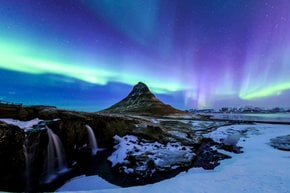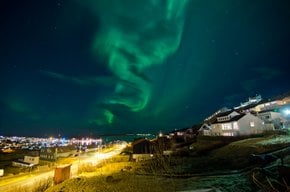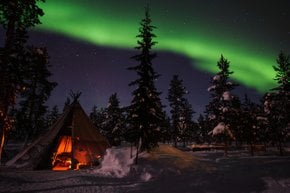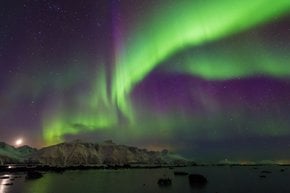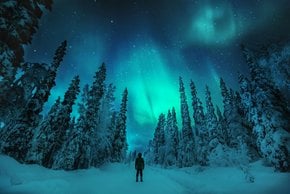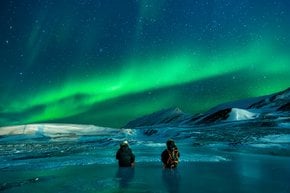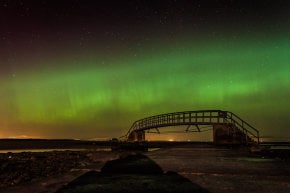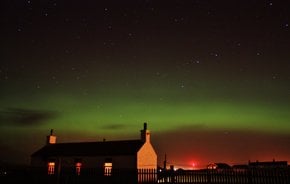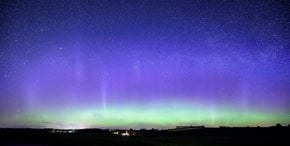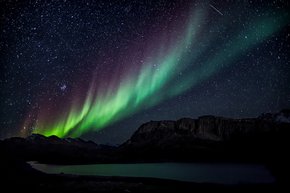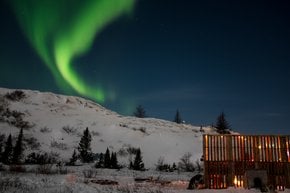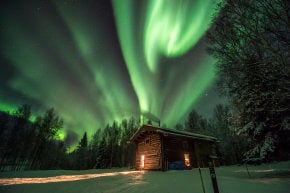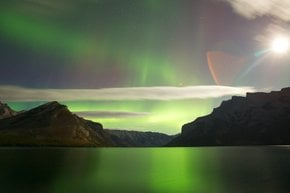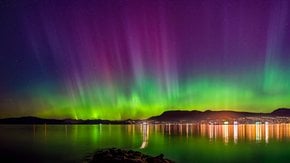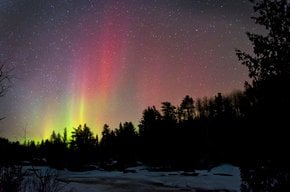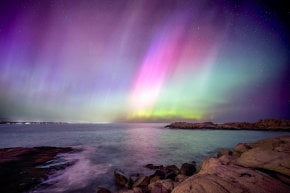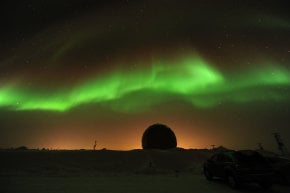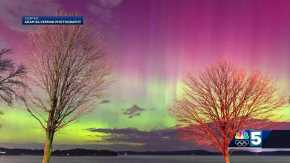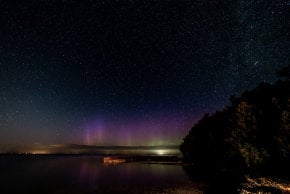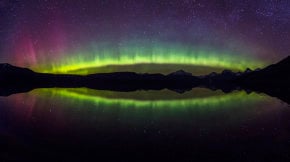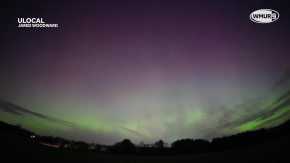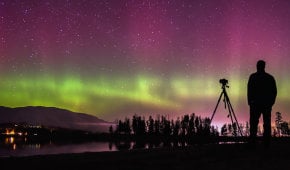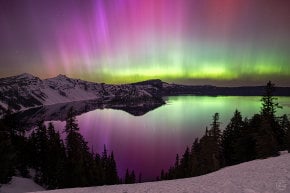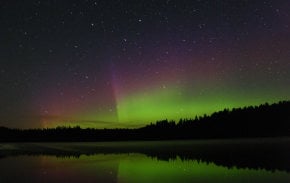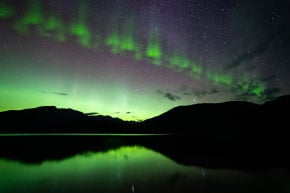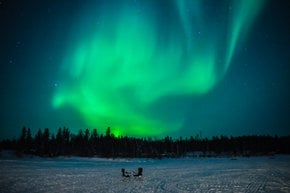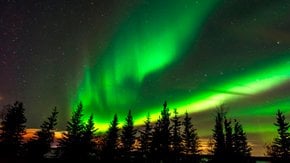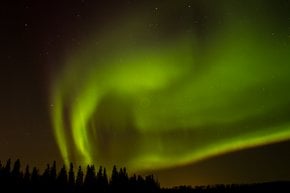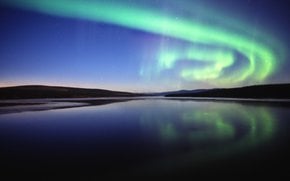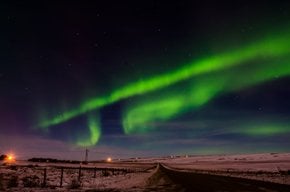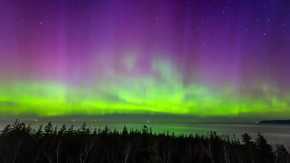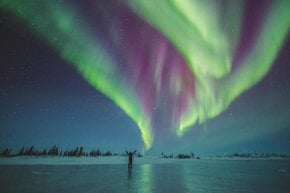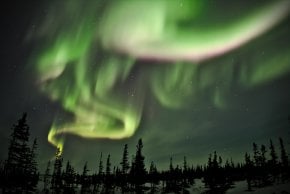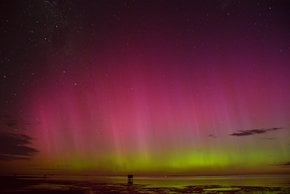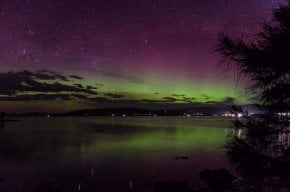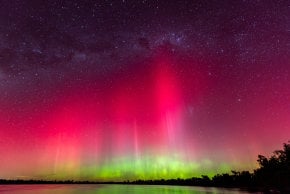Featured collection
World’s Best Places to View the Auroras
Watching a wondrous celestial ballet is a must on any adventurer’s travel wishlist. When polar lights dance across the sky, it seems magic. Scientists explain that this otherworldly show is due to solar wind—the charged particles of the sun cause disturbances in the Earth's magnetic field. It is best visible in latitudes above 55° and only in the darkest nights from fall to spring. We can't promise you'll spot the elusive Aurora, but we can direct you to the places with the highest chance of a display.
Europe
The Nordic countries are ideal for chasing the northern lights. Just north of the Arctic Circle, the aurora borealis consistently appears between September and April. You're most likely to get lucky in Ilulissat (Greenland), Tromsø (Norway), and Reykjavik (Iceland). Finnish and Swedish Lapland are also popular choices. The odds of catching the lights dramatically decrease south of the arctic circle, but can occasionally be seen in Denmark, Ireland, and Scotland from October to March.
North America
Alaska, USA is the best place to enjoy the northern lights in North America. Aurora frequently lights up the sky in Fairbanks from September through mid-April. There’s a higher chance of seeing the natural phenomenon in the northern provinces of Canada, however, these areas are so remote that they are difficult to reach and have little to no infrastructure for travelers. Occasionally during the darkest period of winter season, northern lights can be seen in Quebec and Ontario. Even Banff and Vancouver can see the marvellous spectacle once in a blue moon.
Oceania
Aurora chasers in the southern hemisphere have fewer locations from which to enjoy the celestial lights. The two most popular destinations to see Aurora Australis are the southern tip of New Zealand and Tasmania. Rarely polar lights reach the south of Australia's mainland around Apollo Bay, Victoria. Southern lights boast a greater palette of hues with pink, yellow, purple, and gold, while northern lights are mostly green. Here, the polar lights are more likely to appear during the southern winter, between April and September. In Tasmania, however, the phenomenon can occur throughout the year.
Other Collections






